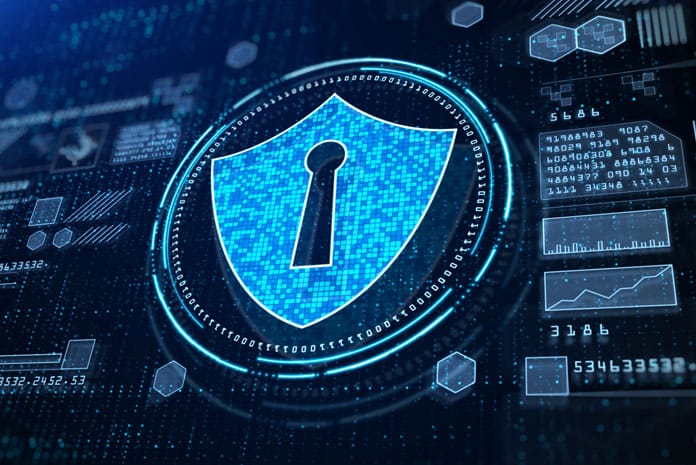Written by: Phani Kishore Burre – Global Practice Head, Digital Infrastructure, Brillio.
The pandemic has transformed the way businesses operate globally. Governments around the world have implemented regulations to protect citizens and imposed lockdowns and social distancing measures. As a result, millions of people had to shift their work base and operate out of their homes to be safe. The past years have witnessed the largest ever global remote workforce. Employees moved away from the secure office environment that exposed the business to several security threats, from glitches to large-scale ransomware attacks.
The role of the security teams has evolved drastically over the recent years. What has worked earlier now requires a multi-layered approach for securing all business assets. According to Cybersecurity Ventures, global cybercrime costs are expected to grow by 15 percent per year over the next five years, reaching $10.5 trillion annually by 2025. Security is critical not only to protect the infrastructure but to save the business from loss of reputation and revenue. Security as a service has broadened its scope and focuses on different aspects which lie beyond cyber security and the adoption of DevSecOps.
There are seven facets to threat detection, response, and protection which all IT teams must make certain in today’s day and age:
Protecting online presence
Like a domino effect of the pandemic, there has been a surge in online activity with regard to both customers and businesses. From accessing healthcare online to moving to the cloud environment, increased digital presence across industries has made businesses vulnerable to digital risks. Digital security is crucial to protect this online presence – data, identity, and assets by safeguarding all the online channels. It is the first step towards building the foundation of a secure infrastructure.
The need for digital fencing
As organizations have shifted to remote working, perimeter security has become an afterthought. Security automation and the adoption of zero trust architecture have become important to strengthen the security perimeter. A zero-trust architecture is designed to view everything as a threat and be on high alert. It restricts users from moving from resource to resource and deploys multi-factor authentication to protect data from potential hackers.
Yes, network security is important
The pandemic witnessed an exponential growth of cloud, IoT, and edge technologies. In this environment, network security tools and practices are continuing to evolve to safeguard the underlying network technologies that we work on. Remote working on a private LAN network or Wi-Fi has made critical business data passing over the network vulnerable and susceptible to attacks. Ensuring network security not only filters out malware but also adds protection layers to defend against security threats.
Level up defence in the new normal
As employees continue to work from anywhere in the world, securing endpoints has become crucial more than ever. Endpoint security solutions installed on every device are a multi-layer protection cover to shield against risks and secure all endpoints. These solutions ensure threat monitoring, privileged user access, and others. Encryption and application control to restrain usage play a major role in enhancing endpoint security.
Shielding at the development stage
The increase in digital activity has given a rise in the number of applications, legacy, web, mobile, etc. available to the stakeholders including the customers. Application security solutions cover the entire ecosystem of applications from potential vulnerabilities with the ability to analyse the code and make sure that applications deployed are hardened and fortified. From apps on mobile phones to enterprise-scale, much of the application security happens during the development stage to develop the ability to defend against hackers and threats continuously.
Elevate data protection with security policies
As the world has moved digital, almost all information is online, a few inches away from hackers and cybercriminals. Implementing data security is of utmost importance to protect the company’s reputation, protect customer rights, intellectual property and save the business from revenue loss. Robust data security policies and strategies involve deploying tools to get a complete understanding of where the data resides in the business, who has access, and how it is used. Data encryption, tokenization, data masking are practices to ensure data security.
Digital identities for digital workplaces
The last layer of protection revolves around ensuring that the right entity uses the right resource without any intrusion whenever required for the desired outcome. Identity and access management provides a digital identity to every asset which once recognized, is kept, and scrutinized throughout the user/entity’s lifecycle. This allows an increase in business productivity and seamless working with technology irrespective of employees’ workplace.
Cyber security has become increasingly important for businesses of all sizes to ensure continuity and agility in the digital economy. With digital transformation, cyberthreats are also becoming intelligent every day, ready to exploit the loopholes of remote working. It is the onus of the security teams and leaders to continuously evaluate the risk and deploy a suitable, strong cyber security framework keeping the seven layers in mind to bolster the company’s future in the ever-evolving industry.














